Maximizing HDB Kitchen Space with Rotating Corner Cabinets: The Ultimate Guide
Table Of Contents
- Introduction
- Understanding HDB Kitchen Challenges
- What Are Rotating Corner Cabinets?
- Types of Rotating Corner Solutions
- Measuring for Corner Cabinets
- Installation Considerations
- Styling and Organization Tips
- Cost Considerations and ROI
- Maintenance Tips for Rotating Mechanisms
- Conclusion
If you live in an HDB flat in Singapore, you're likely familiar with the challenge of maximizing every square inch of your kitchen space. Those awkward corners that seem to swallow your belongings, never to be seen again? They're not just annoying—they're valuable real estate going to waste in an already space-constrained environment.
Rotating corner cabinets offer an ingenious solution to this common HDB kitchen dilemma. Rather than resigning yourself to reaching blindly into dark corner cabinets or losing access to nearly 25% of your storage space, these clever mechanisms transform those problematic corners into highly functional storage areas that make every centimeter count.
In this comprehensive guide, we'll explore how rotating corner cabinet solutions can revolutionize your HDB kitchen, providing both practical storage benefits and enhancing the overall aesthetic of your space. From understanding the different types available to installation tips and styling advice, we'll cover everything you need to know to make an informed decision about implementing these space-saving wonders in your Singapore home.
Maximizing HDB Kitchen Corner Spaces
Transform awkward corners into functional storage with rotating cabinet solutions

HDB kitchens typically lose 30-40% of corner space with standard cabinets
The HDB Kitchen Challenge
- Average HDB kitchen size: 3.2-6.5 square meters
- Corner cabinets create inaccessible "dead zones"
- Standard corners waste 30-40cm of storage on each side
- Limited countertop and storage space
4 Types of Rotating Corner Solutions
Lazy Susan
Circular shelves that rotate around a central axis
LeMans Units
Shelves that swing and pull out from the cabinet
Magic Corner
Door-mounted rack pulls second rack from inside
Carousel Units
Shelves on a central pole that rotate for access
Space Utilization Comparison
Standard Cabinet
Lazy Susan
Magic Corner
Key Benefits
Space Maximization
Up to 90% utilization of corner space
Full Accessibility
Easy access to items without bending or reaching
Clean Aesthetics
Maintains sleek kitchen appearance
Expected Investment
$600-$800
Basic Lazy Susan
$900-$1,200
LeMans System
$1,000-$1,500
Magic Corner
Installation generally included in major kitchen renovations

High-quality, designer-inspired furniture at affordable prices
Understanding HDB Kitchen Challenges
HDB kitchens in Singapore present unique challenges that make efficient storage solutions not just desirable but essential. The average HDB kitchen measures between 3.2 to 6.5 square meters—a modest space that needs to accommodate cooking equipment, food storage, utensils, and small appliances.
The most problematic areas in these compact kitchens are invariably the corners. Traditional L-shaped or U-shaped kitchen layouts create corners that, with standard cabinetry, become dead zones where items disappear into the depths, never to be found again. These awkward spaces typically waste 30-40cm of potential storage on each side—space that Singapore homeowners simply cannot afford to lose.
Beyond the spatial constraints, HDB kitchens often present additional challenges:
- Limited countertop space for food preparation
- Insufficient storage for the cooking equipment needed in a typical Singaporean household
- Challenging ventilation that can lead to moisture issues if storage isn't properly designed
- The need to accommodate modern appliances in layouts that may have been designed decades ago
These factors make optimizing every inch of available space not just beneficial but necessary for creating a functional kitchen in your HDB flat. This is where rotating corner cabinet solutions shine, offering access to previously unutilized corner spaces while maintaining a clean, streamlined kitchen aesthetic that many Singapore homeowners desire.
What Are Rotating Corner Cabinets?
Rotating corner cabinets are specialized storage solutions designed specifically to address the challenges of corner spaces. Unlike standard cabinets with fixed shelves that make corners difficult to access, these innovative units feature mechanisms that bring the contents out to you, eliminating the need to crawl halfway into your cabinet to retrieve items.
The concept revolves around mobility—either through rotating shelves (like Lazy Susans), pull-out mechanisms, or swing-out systems that make the entire contents of the corner cabinet accessible with a simple motion. This transformative approach means you no longer have to store rarely-used items in corners or resign yourself to awkwardly reaching into cabinet depths.
The beauty of rotating corner cabinets lies in their ability to maintain a clean kitchen aesthetic while dramatically improving functionality. From the outside, they look like standard cabinets, preserving the streamlined appearance many Singapore homeowners prefer. It's only when opened that their ingenious design becomes apparent, revealing thoughtfully engineered mechanisms that maximize every inch of corner space.
Modern rotating corner solutions have evolved significantly from earlier designs, now featuring smooth-operating hardware, adjustable components, and innovative configurations that can be customized to your specific storage needs and kitchen dimensions.
Types of Rotating Corner Solutions
When it comes to maximizing those problematic HDB kitchen corners, several distinct rotating cabinet solutions exist, each with unique advantages. Understanding the differences will help you select the option that best suits your specific kitchen layout and storage needs.
Lazy Susan Cabinets
The classic rotating corner solution, Lazy Susan cabinets feature circular or semi-circular shelves that rotate around a central axis. Available in both base and wall cabinet configurations, these are perhaps the most familiar corner solution to most homeowners.
Lazy Susans excel at storing smaller items like spices, condiments, and packaged foods. Their simple mechanism makes them highly reliable and relatively affordable compared to more complex systems. Most modern versions come with smooth-bearing mechanisms that allow for effortless rotation even when fully loaded.
For HDB kitchens, pie-cut Lazy Susans often work better than full-circle versions, as they maximize the square footprint of corner cabinets while still providing the rotating functionality. These units typically utilize about 70-80% of the available corner space—a significant improvement over standard corner cabinets.
LeMans Corner Units
Named after the famous French racetrack for their distinctive curved shape, LeMans units feature shelves that both swing and pull out from the cabinet. When activated, the shelves move independently on a track, completely exiting the cabinet to provide full visibility and access to contents.
LeMans units are particularly well-suited for storing cookware, pots, pans, and larger kitchen items. Their smooth motion allows even heavy items to be brought completely out of the cabinet with minimal effort. In tight HDB kitchens, this full-extension feature is invaluable as it eliminates the need to bend down and peer into cabinet depths.
The unique design of LeMans units allows them to utilize up to 85% of the available corner space, making them one of the most efficient corner solutions available. Their elegant motion also adds a touch of sophistication to your kitchen functionality.
Magic Corner Pull-Outs
Magic Corner systems feature a door-mounted rack that, when pulled forward, simultaneously brings a second set of racks from inside the cabinet out into the kitchen space. This ingenious mechanism provides access to two storage areas with a single motion.
These systems excel at organizing multiple categories of items and keeping them separate yet accessible. The front rack is ideal for frequently used items, while the rear rack can house less commonly needed supplies. For HDB kitchens where organization is paramount due to space constraints, this dual-zone approach offers excellent versatility.
Magic Corners typically utilize about 90% of the available corner space, making them among the most efficient options for maximizing storage. However, they do require careful measurement during planning as their complex mechanism needs precise installation to function properly.
Carousel Units
Carousel units feature shelves attached to a central pole that rotates to bring contents within reach. Unlike Lazy Susans, carousels typically have kidney-shaped or quadrant shelves designed to fit the square corners of cabinets more efficiently.
These systems work well for storing medium-sized kitchen items and are particularly effective in deep corner cabinets where reach might otherwise be problematic. Modern carousel units often feature independent rotation of shelves, allowing for customized organization of items of different heights.
For HDB kitchens with standard 90-degree corners, carousels offer a good balance of accessibility and space utilization, typically using about 75-80% of the available corner space. They're also among the more budget-friendly rotating corner solutions, making them popular for kitchen renovations with moderate budgets.
Measuring for Corner Cabinets
Proper measurement is critical when planning rotating corner cabinet installations in HDB kitchens. Even small measurement errors can lead to systems that don't fit or function properly, particularly given the precision engineering of these mechanisms.
Start by measuring the full dimensions of your corner space, including:
- The width of each wall extending from the corner
- The depth of the existing or planned cabinets
- The height of the space (for both base and wall cabinet installations)
- The angle of the corner (most HDB kitchens have standard 90-degree corners, but some may vary)
Remember to account for any obstructions like pipes, electrical outlets, or structural elements that might affect installation. In HDB flats, where utilities are often concentrated in kitchen areas, this step is particularly important.
Most rotating corner systems are designed for specific cabinet widths, typically ranging from 800mm to 1200mm measured along each wall from the corner. However, adaptations can often be made for non-standard dimensions with the help of professional cabinet makers.
For the most accurate planning, consider creating a detailed diagram of your kitchen corner with all measurements clearly indicated. This will be invaluable when consulting with cabinet suppliers or installation professionals and will help ensure your chosen rotating solution fits perfectly in your HDB kitchen.
Installation Considerations
Installing rotating corner cabinets in HDB kitchens requires careful planning and often professional expertise, particularly because these mechanisms need precise alignment to function properly over time.
If you're renovating an existing kitchen, you'll need to consider whether the installation will work with your current cabinet configuration or if modifications will be necessary. In most cases, rotating corner solutions work best when planned as part of a complete kitchen cabinet system rather than as retrofits to existing cabinetry.
It's important to note that HDB renovation regulations may apply to your kitchen project. While cabinet installations generally don't require permits, any modifications to plumbing, electrical systems, or structural elements will need to comply with HDB guidelines and may require approval.
When selecting an installation professional, look for experience specifically with rotating corner systems. These mechanisms require more precise installation than standard cabinets to ensure smooth operation over years of use. Many Singapore cabinet makers and kitchen specialists now offer expertise in these systems, reflecting their growing popularity in space-conscious HDB homes.
Installation typically takes 1-2 days for corner systems, depending on complexity and whether it's part of a larger kitchen renovation. The process involves securing the cabinet box, installing the rotating mechanism, adjusting for perfect alignment, and finally attaching doors and hardware.
For DIY enthusiasts, some manufacturers offer pre-assembled rotating corner units that can be installed with moderate handyman skills. However, given the precision required and the significant investment these units represent, professional installation is generally recommended for most HDB homeowners.
Styling and Organization Tips
Once your rotating corner cabinet is installed, thoughtful organization will maximize its effectiveness in your HDB kitchen. Consider these practical styling and organization strategies:
For Lazy Susan and carousel units, use the circular space efficiently by implementing a zone system. Place frequently used items toward the front for easy access, with less commonly used items positioned toward the back. Consider using small bins or containers to prevent smaller items from sliding during rotation.
With LeMans units, take advantage of the generous weight capacity by storing your heaviest cookware on these shelves. The smooth pull-out motion makes even cast iron pots easily accessible. Arrange items by height on different shelves, with taller items on bottom shelves and shorter ones above.
Magic Corner units benefit from categorical organization. Use the front rack for everyday cooking supplies and the rear rack for specialty or seasonal items. This dual-zone approach creates natural organization that aligns with how you actually use your kitchen.
Regardless of which system you choose, consider these universal organization principles:
- Group similar items together to create intuitive zones
- Position items so their handles face outward for easy grasping
- Use the rotating nature of these cabinets to create a logical workflow—place items near where they'll be used
- Periodically reassess your organization as your cooking habits evolve
Aesthetically, rotating corner cabinets can be styled to match any HDB kitchen design theme from Scandinavian to industrial or minimalist. Cabinet doors can feature the same design as your other cabinets for a seamless look, or you can choose to highlight corner cabinets with contrasting materials or hardware as a design feature.
Cost Considerations and ROI
Investing in rotating corner cabinet solutions represents a higher upfront cost compared to standard corner cabinets, but the return on investment in terms of usable space and convenience is substantial, particularly in space-constrained HDB kitchens.
In Singapore, expect to budget between $600-$1,500 for a quality rotating corner system, depending on the mechanism type, materials, and whether installation is included. Lazy Susan systems typically represent the lower end of this range, while Magic Corner and LeMans systems tend toward the higher end due to their more complex mechanisms.
When evaluating cost, consider that rotating corner solutions typically increase usable storage space by 30-40% compared to standard corner cabinets. In HDB apartments where space comes at a premium (with prices often exceeding $1,000 per square foot), this represents significant value in terms of space optimization.
Beyond the immediate functional benefits, these systems can also enhance your property's appeal should you decide to sell or rent your HDB flat in the future. Thoughtfully designed kitchens with premium storage solutions increasingly command attention in Singapore's competitive real estate market.
To maximize value, consider these approaches:
- Compare quotes from multiple suppliers, as prices can vary significantly
- Look for systems with robust warranties (quality mechanisms should carry at least a 5-year warranty)
- Consider bundle pricing if renovating your entire kitchen rather than just adding a corner solution
- Evaluate whether some of the premium features (like soft-close mechanisms or premium finishes) are worth the additional investment for your specific needs
While rotating corner systems represent a premium kitchen feature, their ability to transform previously unusable space into functional storage makes them a worthwhile investment for most HDB homeowners seeking to maximize their kitchen's potential.
Maintenance Tips for Rotating Mechanisms
To ensure your rotating corner cabinet continues to function smoothly for years to come, proper maintenance is essential. These precision mechanisms require periodic attention to preserve their functionality in Singapore's humid climate.
First, be mindful of weight distribution. Most quality rotating systems can handle significant weight, but overloading or uneven loading can strain the mechanisms over time. Check the manufacturer's weight ratings and try to distribute heavy items evenly across the shelves rather than concentrating them in one area.
Regularly clean the tracks and moving parts of your rotating system. In Singapore's humid environment, dust and cooking residue can accumulate more quickly than you might expect. A simple wipe-down with a slightly damp cloth followed by drying is usually sufficient for most systems. For metal components, a light application of food-safe silicone spray every 6-12 months can help maintain smooth operation.
Listen for any unusual sounds during operation—squeaking or grinding noises often indicate that maintenance is needed. Catching these issues early can prevent more significant problems down the line.
If you notice your rotating mechanism becoming stiff or uneven, don't force it. Consult the manual or contact a professional for adjustment. Most quality systems can be readjusted to restore proper function rather than requiring complete replacement.
Finally, be sure family members and helpers understand how to properly operate your rotating corner system. Yanking, forcing, or misusing these mechanisms can lead to premature wear or damage. A gentle demonstration of proper use can help ensure everyone in the household uses these special cabinets correctly.
With proper care, a quality rotating corner cabinet system should provide 10-15 years of reliable service, making it a durable investment in your HDB kitchen's functionality.
Conclusion
Rotating corner cabinets represent one of the smartest investments you can make in your HDB kitchen, transforming previously awkward, hard-to-reach spaces into highly functional storage areas that enhance your daily cooking experience. In Singapore's space-conscious housing environment, these innovative solutions allow you to reclaim valuable square footage without expanding your kitchen's footprint.
Whether you opt for the classic simplicity of a Lazy Susan, the elegant functionality of a LeMans unit, the comprehensive access of a Magic Corner, or the efficient design of a carousel system, the right rotating corner solution can dramatically improve both the function and feel of your kitchen. No more awkward reaching or forgotten items lost in corner cabinet depths—just smooth, easy access to all your kitchen essentials.
When planning your HDB kitchen renovation or upgrade, consider rotating corner cabinets not as a luxury but as a practical necessity that pays dividends in convenience and space efficiency every day. With proper selection, installation, and maintenance, these systems will serve as the unsung heroes of your kitchen organization for years to come.
By maximizing every inch of available space, rotating corner cabinets help create an HDB kitchen that feels larger, works smarter, and better supports the cooking needs of Singapore households. In a space where every centimeter counts, that's an achievement worth investing in.
Ready to transform your HDB kitchen with smart storage solutions? Explore Loft Home's range of quality cabinets and storage solutions designed for Singapore homes. Visit our showroom at Gambas Crescent or shop online at lofthome.com to discover affordable, designer-inspired furniture that maximizes your living space.
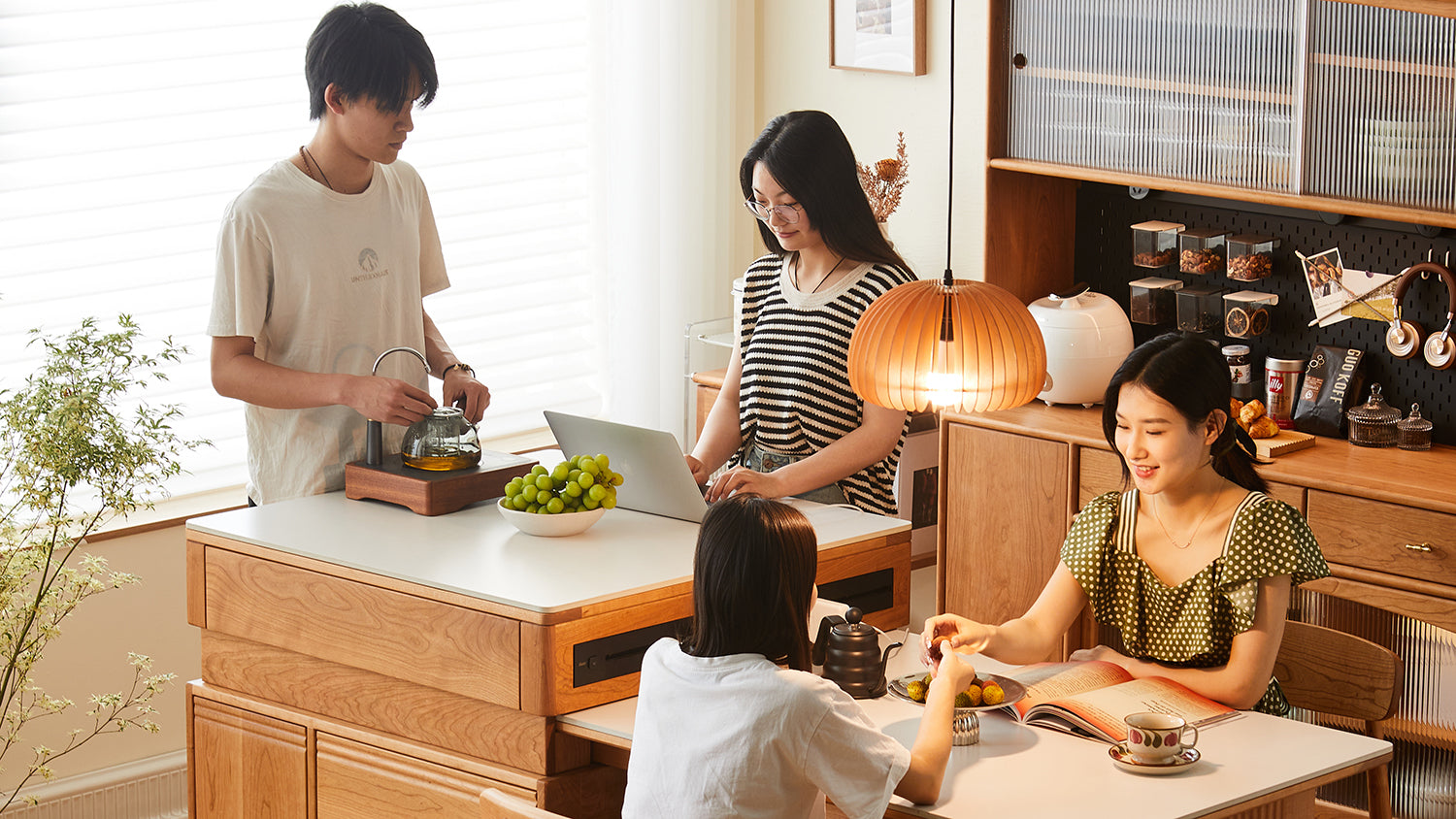

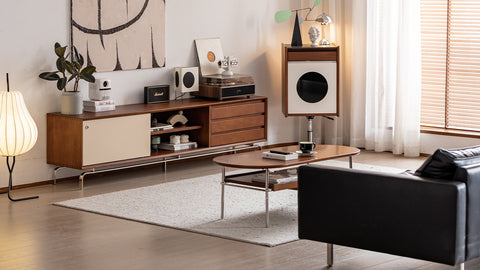

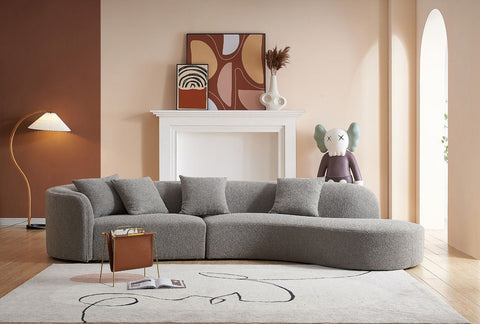
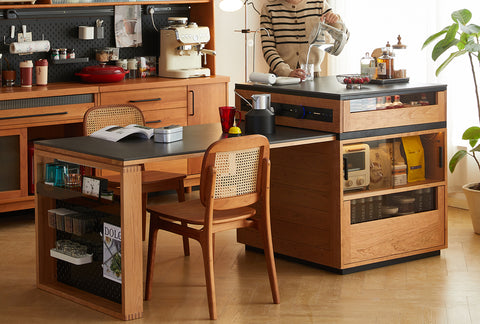
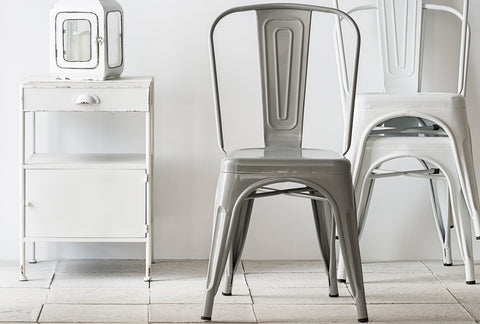
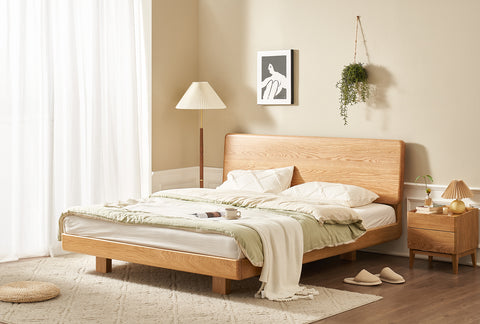
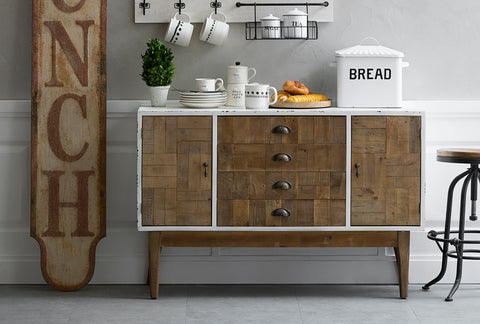




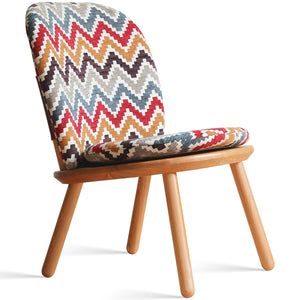
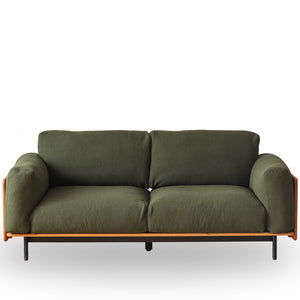
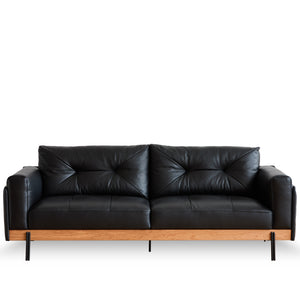
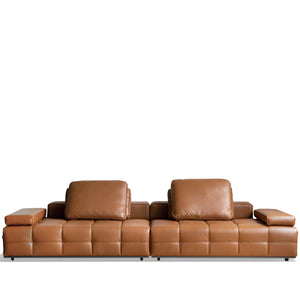
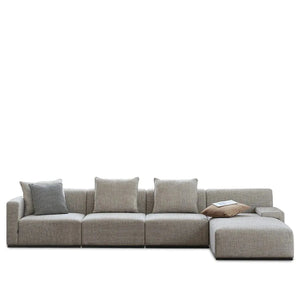
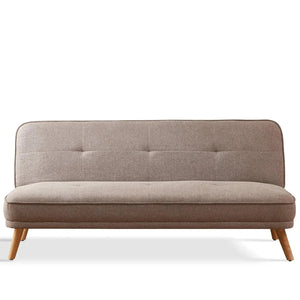
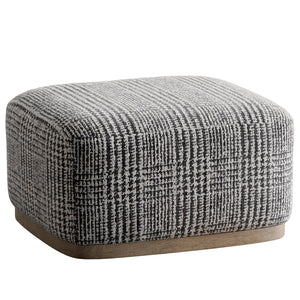
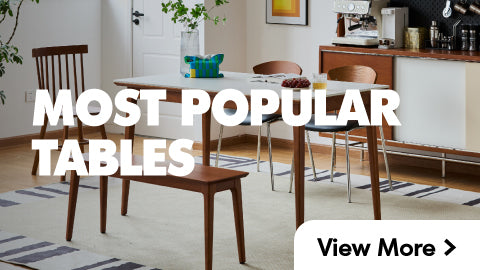
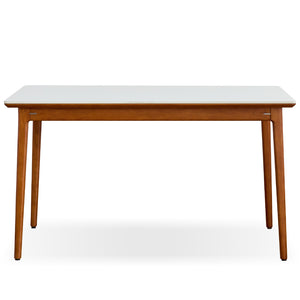
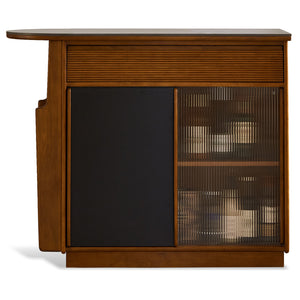
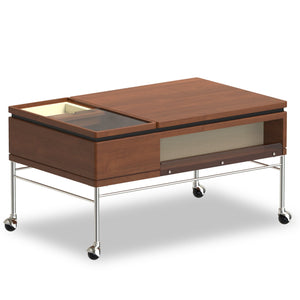
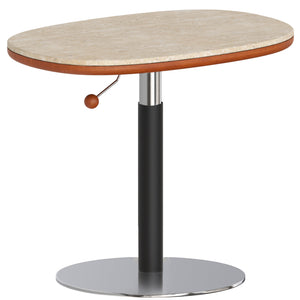
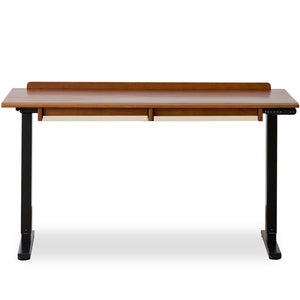
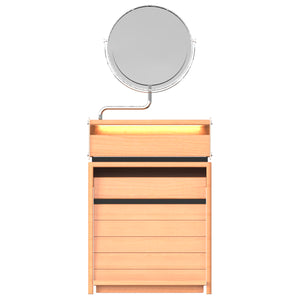

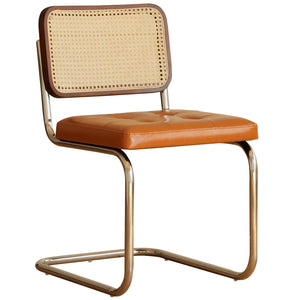
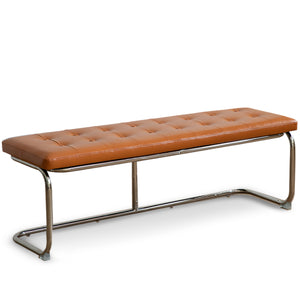
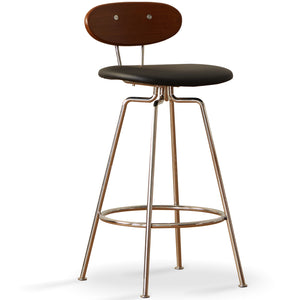

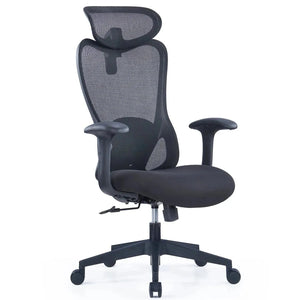

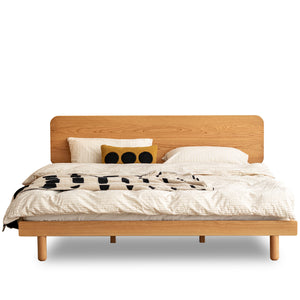
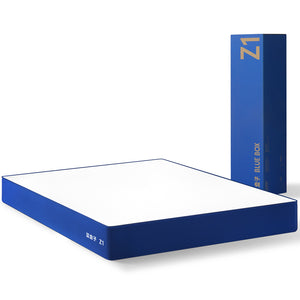
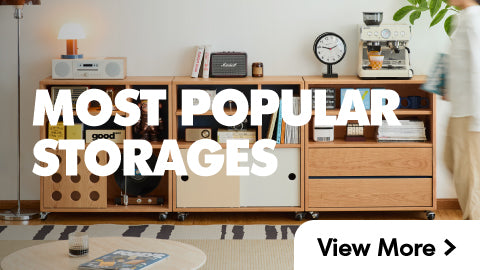
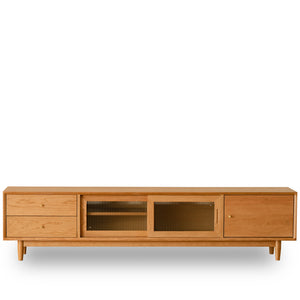
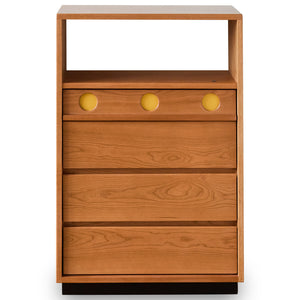
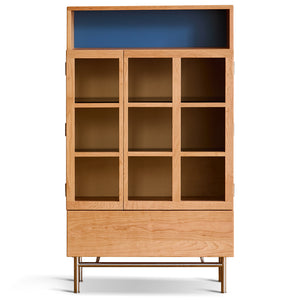
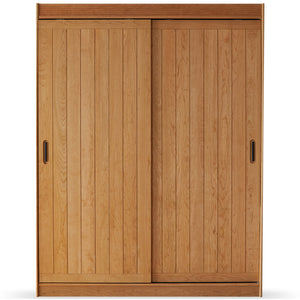
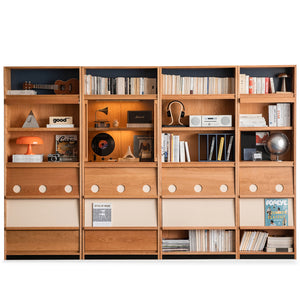

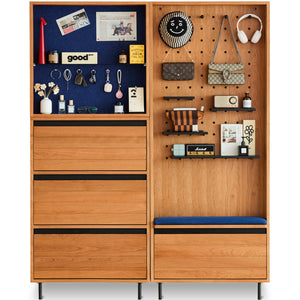
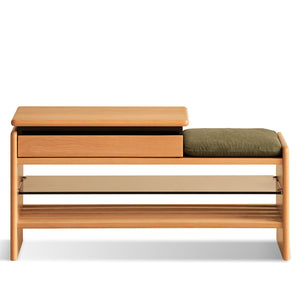
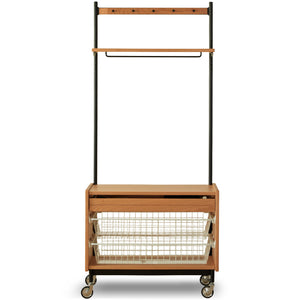
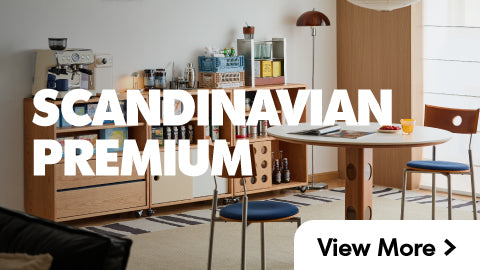






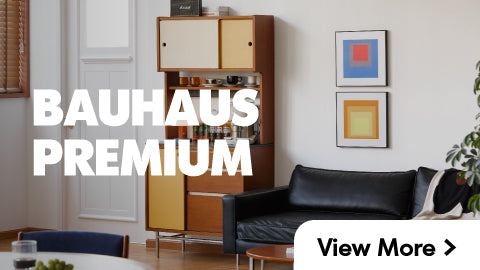














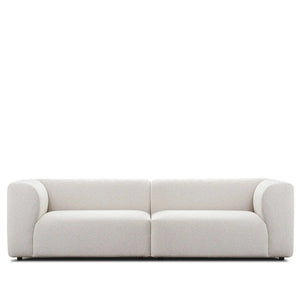




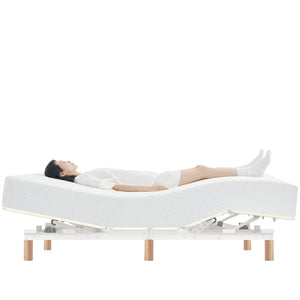
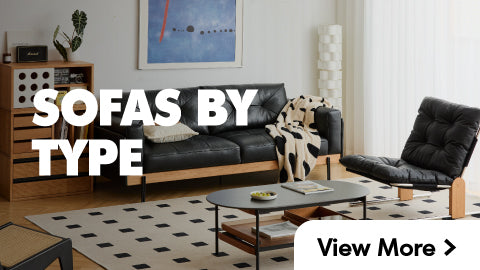
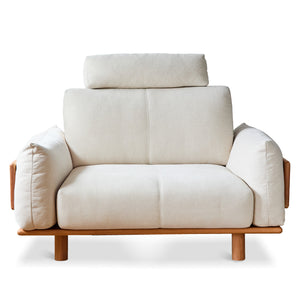

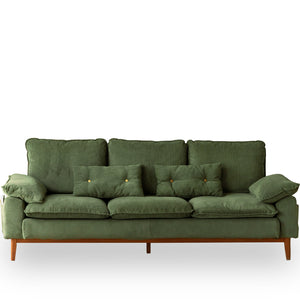
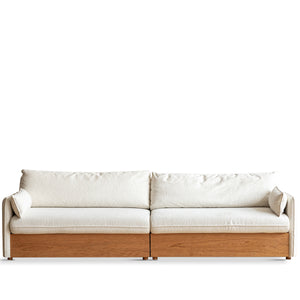
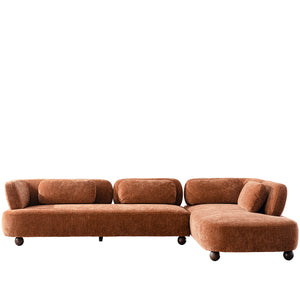
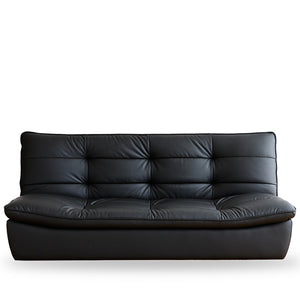
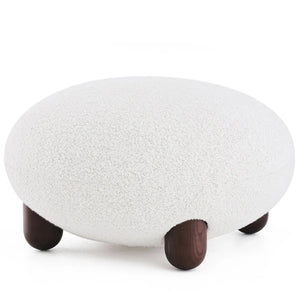

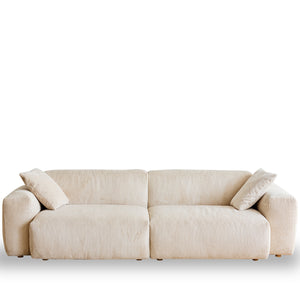
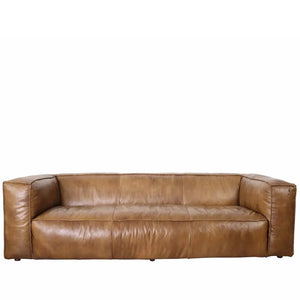
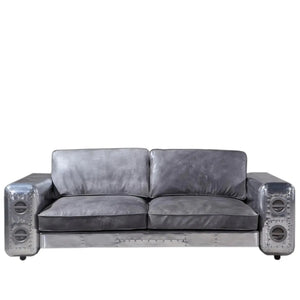
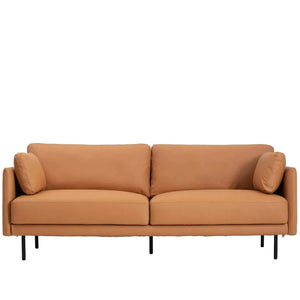
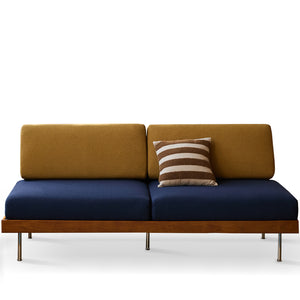
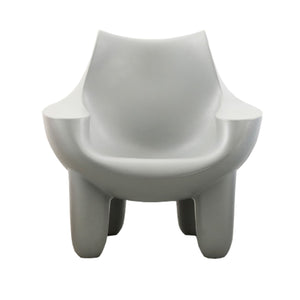


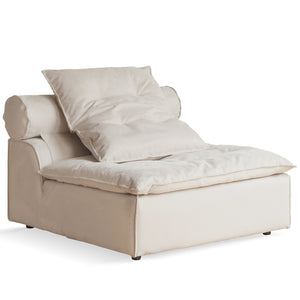

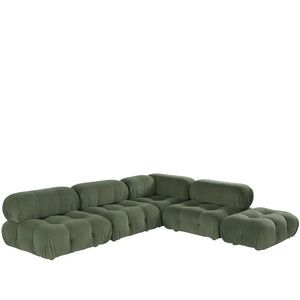
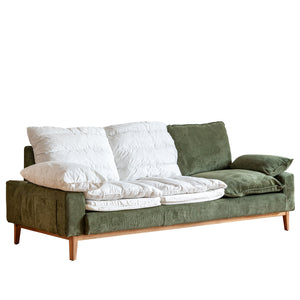
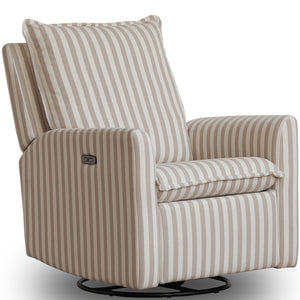
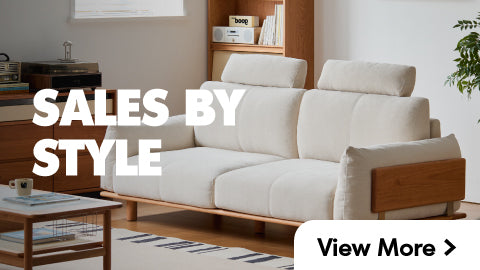
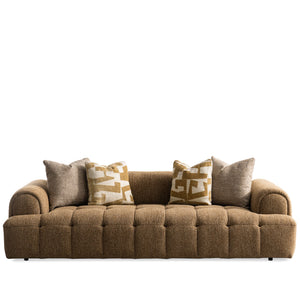

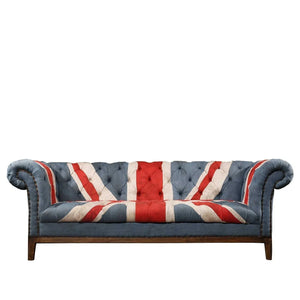
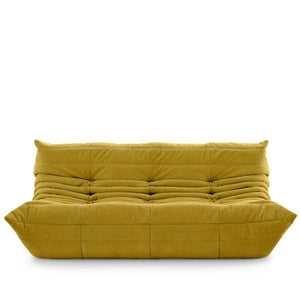
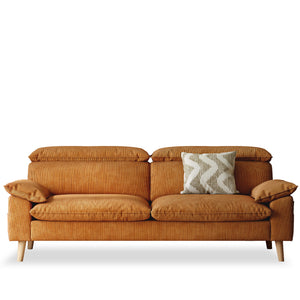
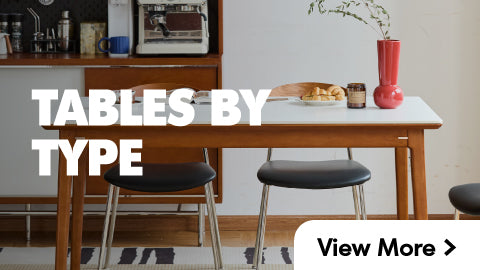
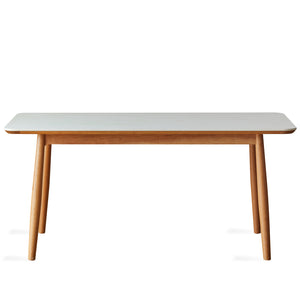
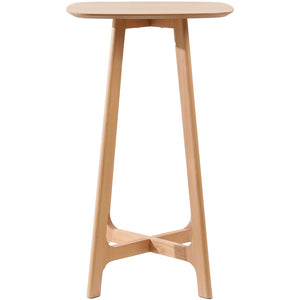
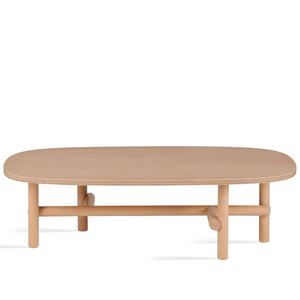
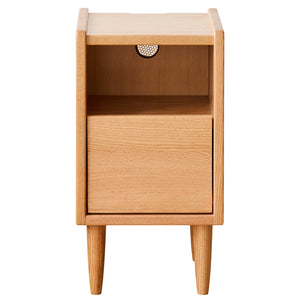
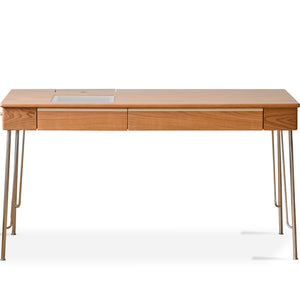
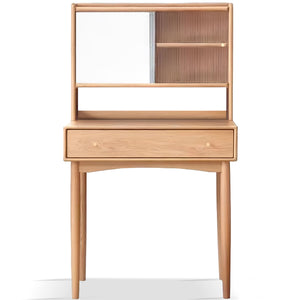
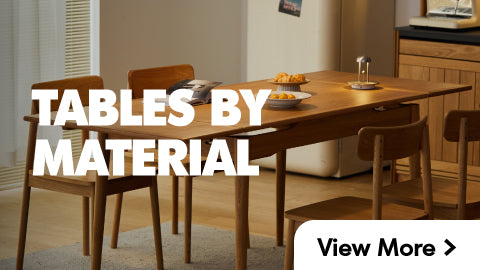
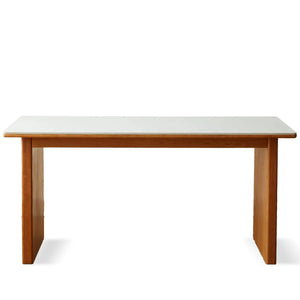
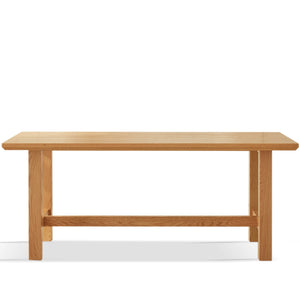
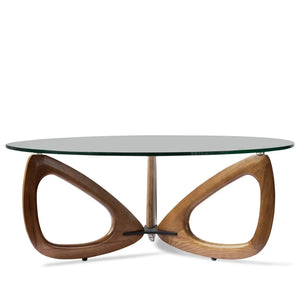
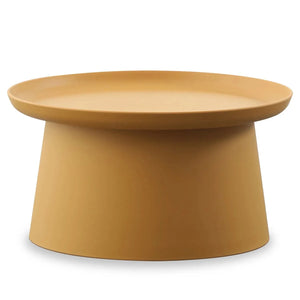

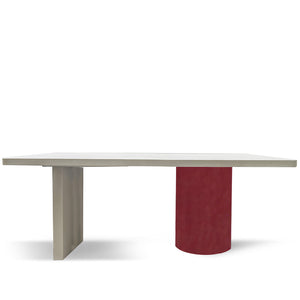
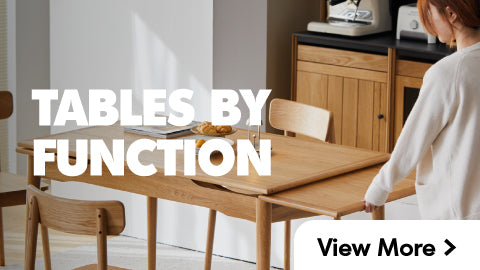
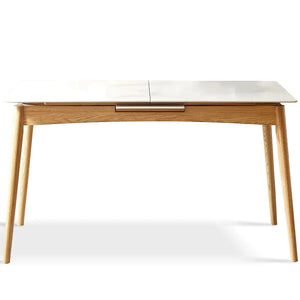
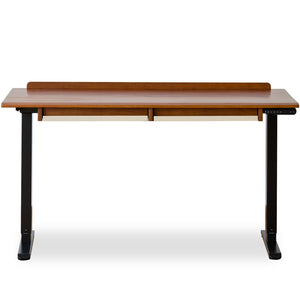
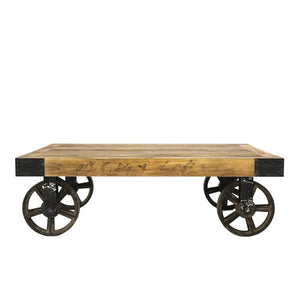

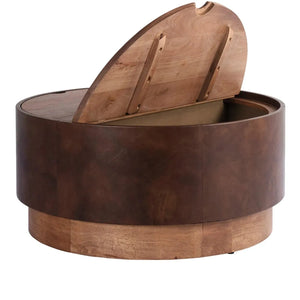
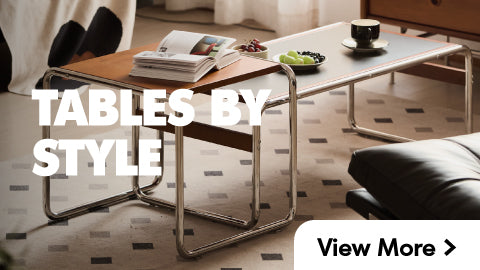
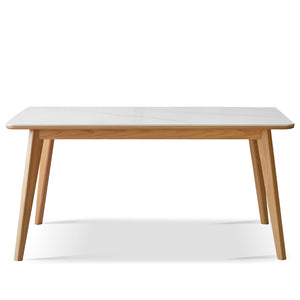

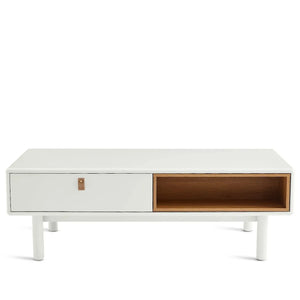
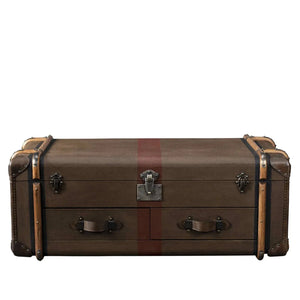
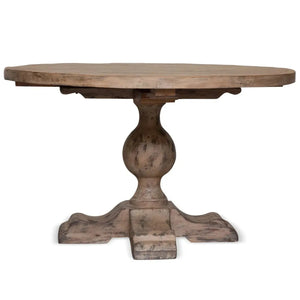
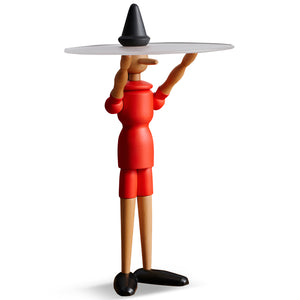
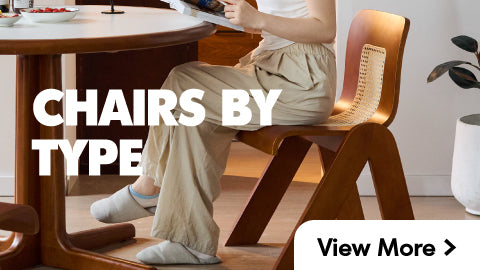
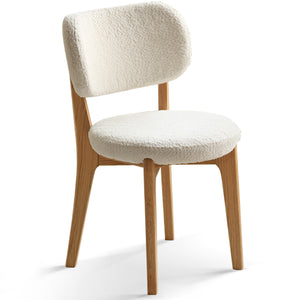
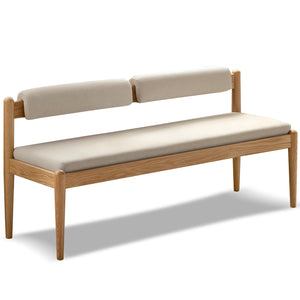
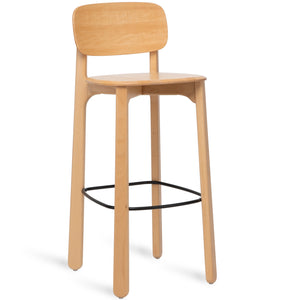
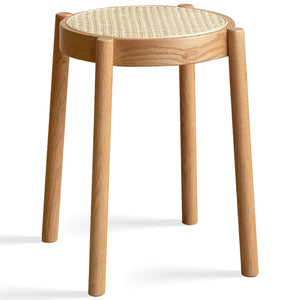
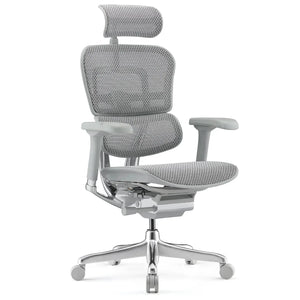
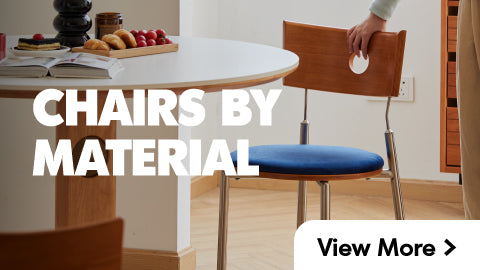
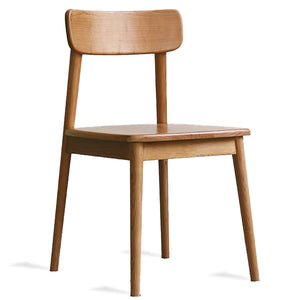
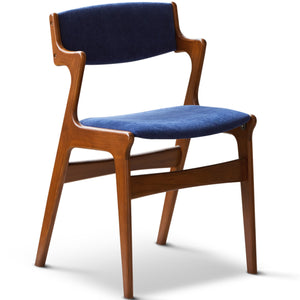
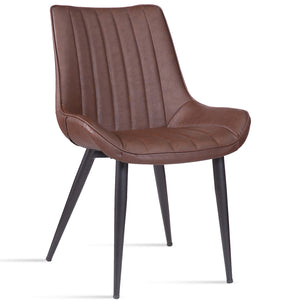
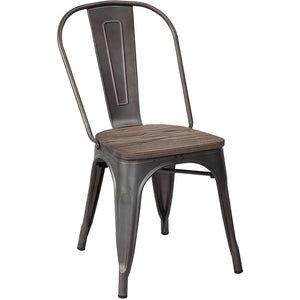
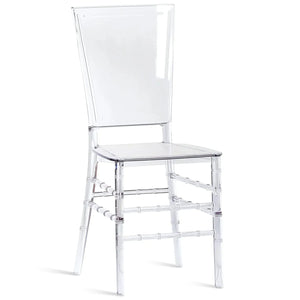
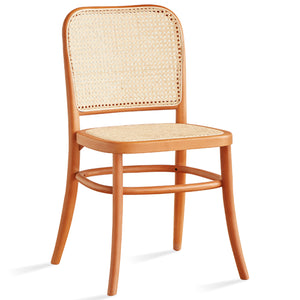
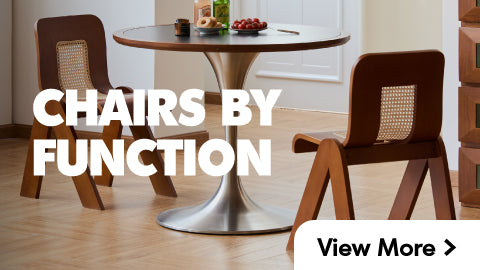
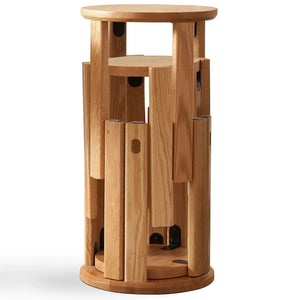

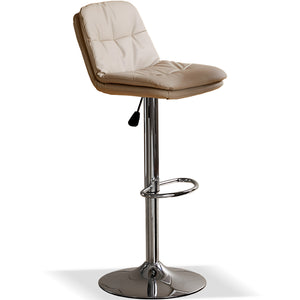
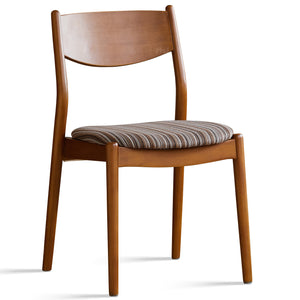
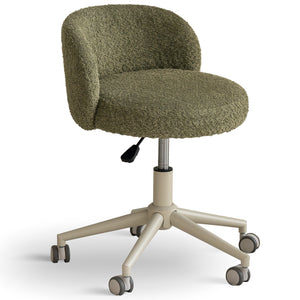
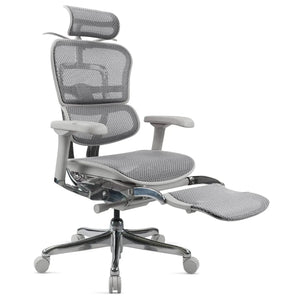
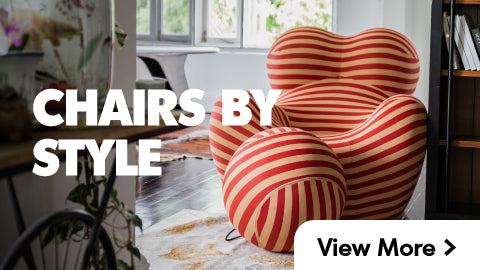
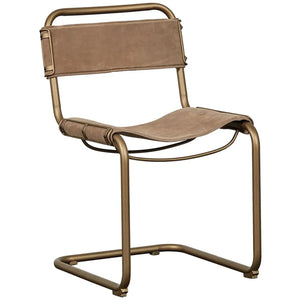
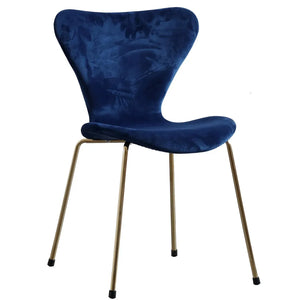
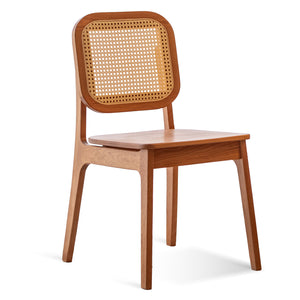
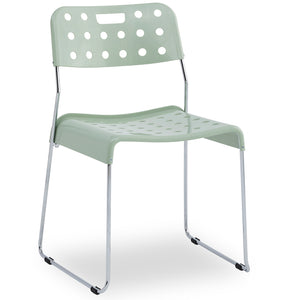
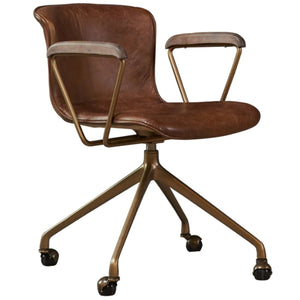

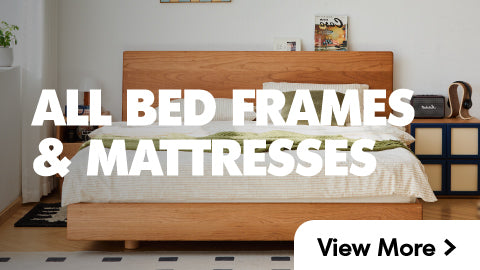
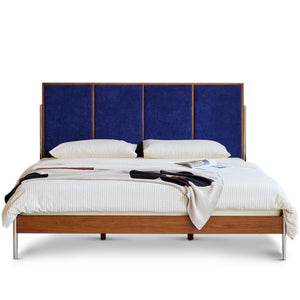
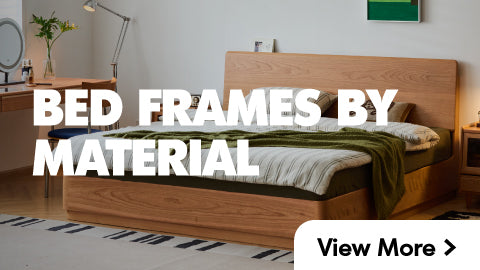
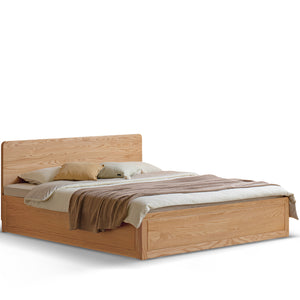
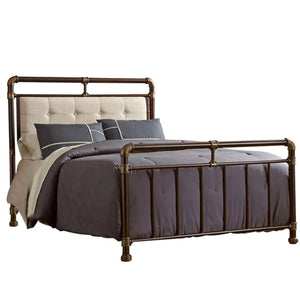
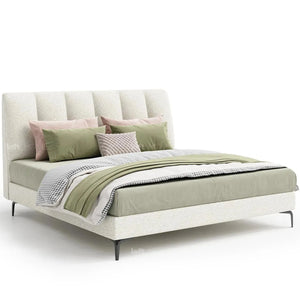
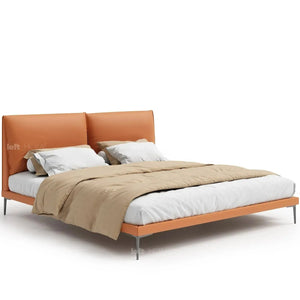
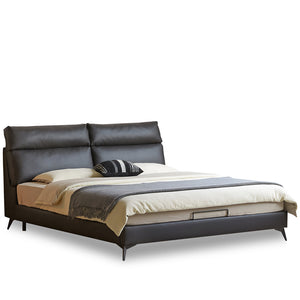
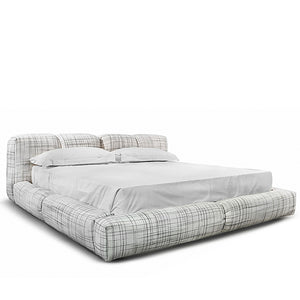
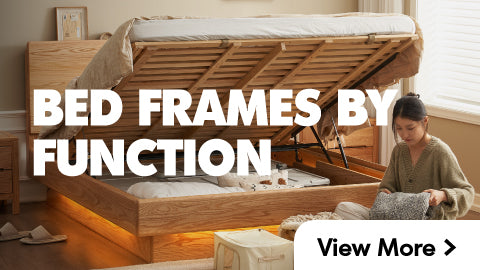
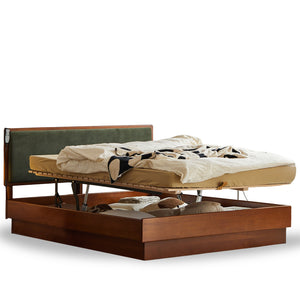


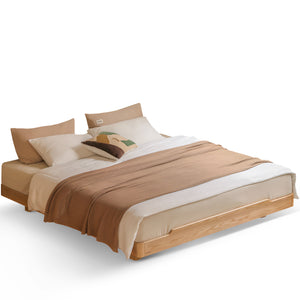
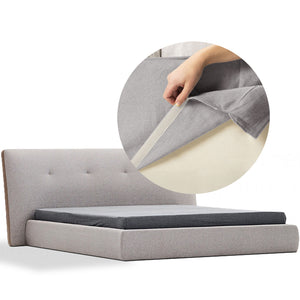
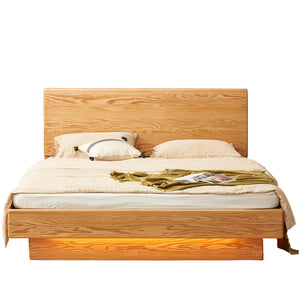

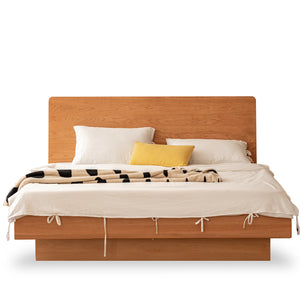
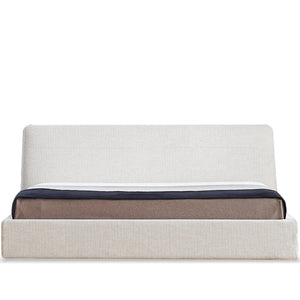
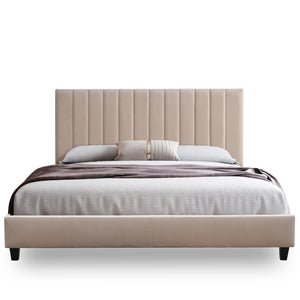
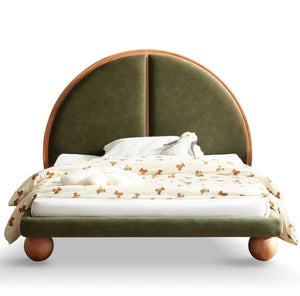
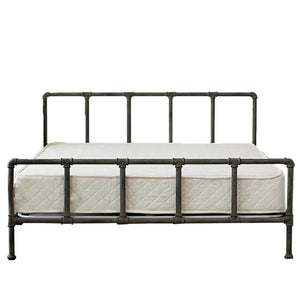
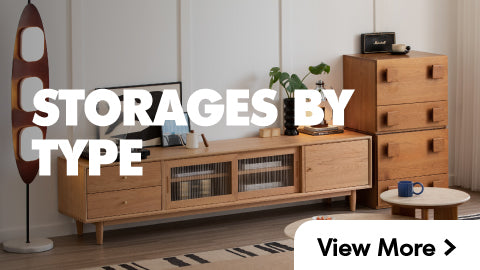
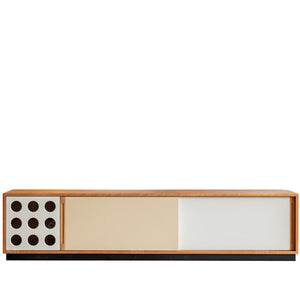

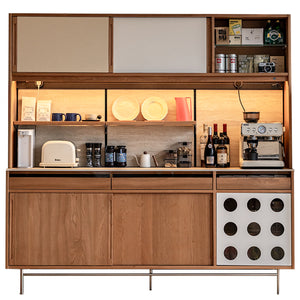
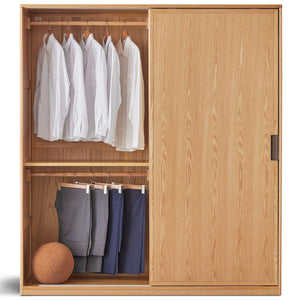
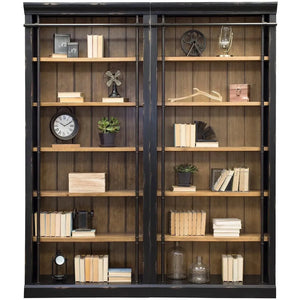
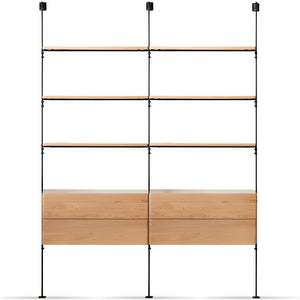
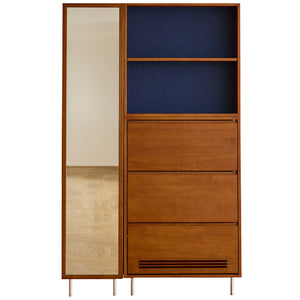
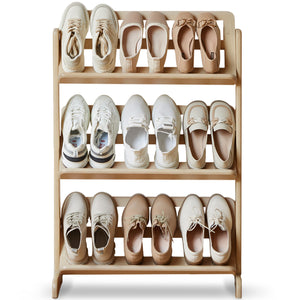
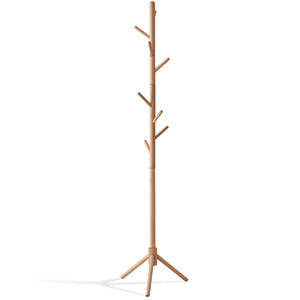
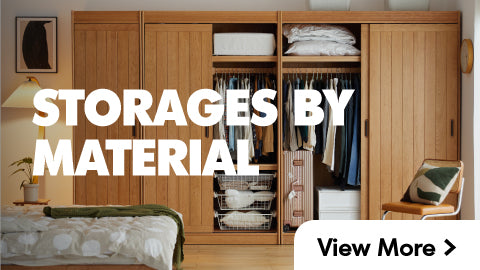
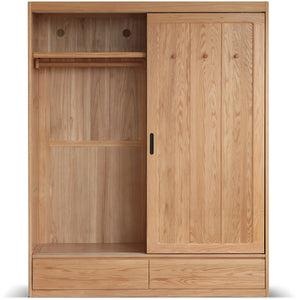
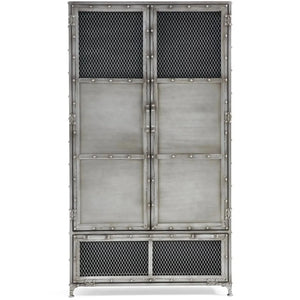
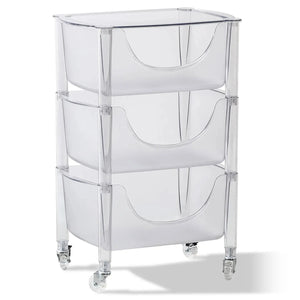
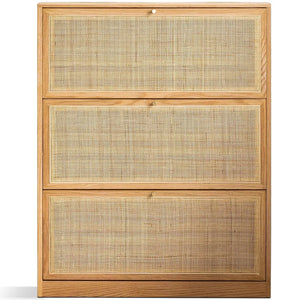
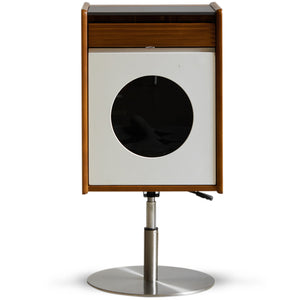
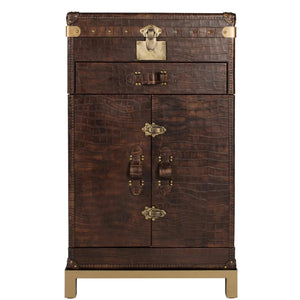

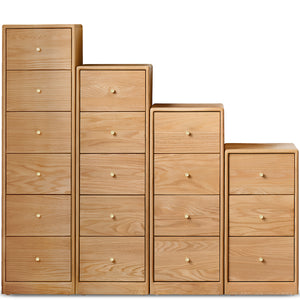
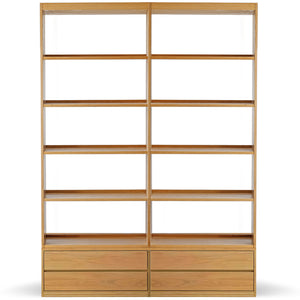
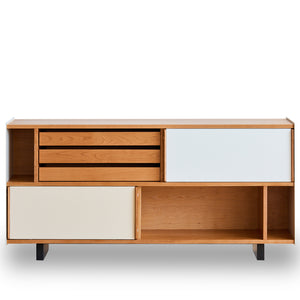
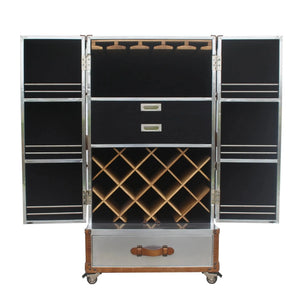
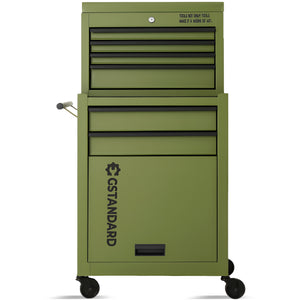

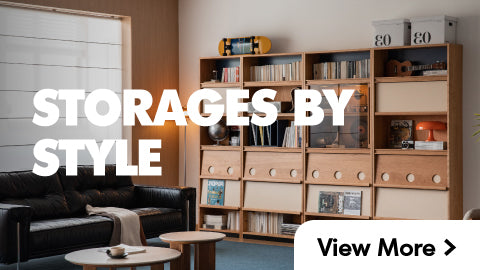
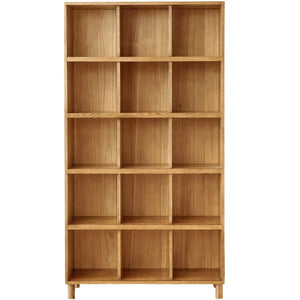

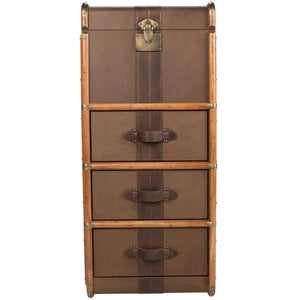
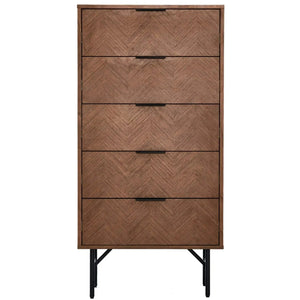
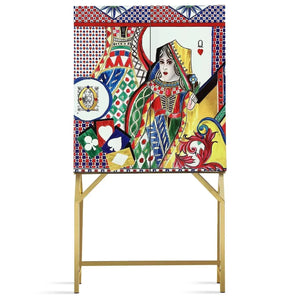
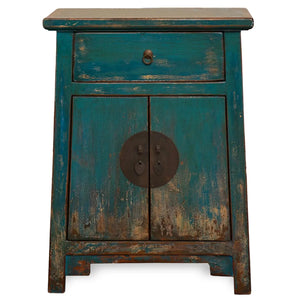


























































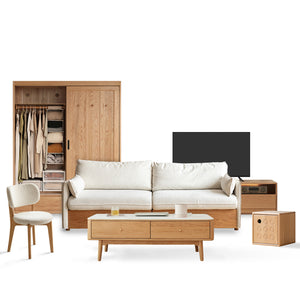
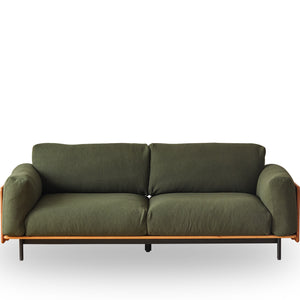
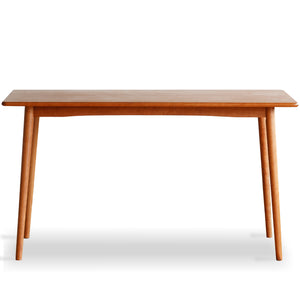
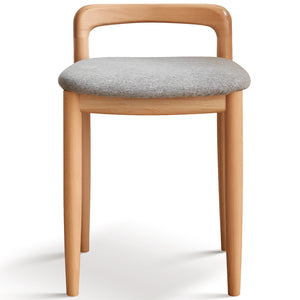
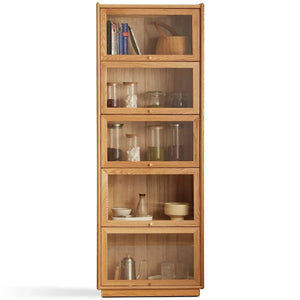
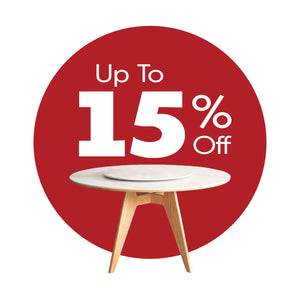
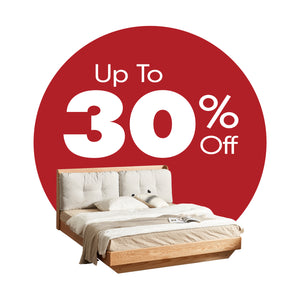

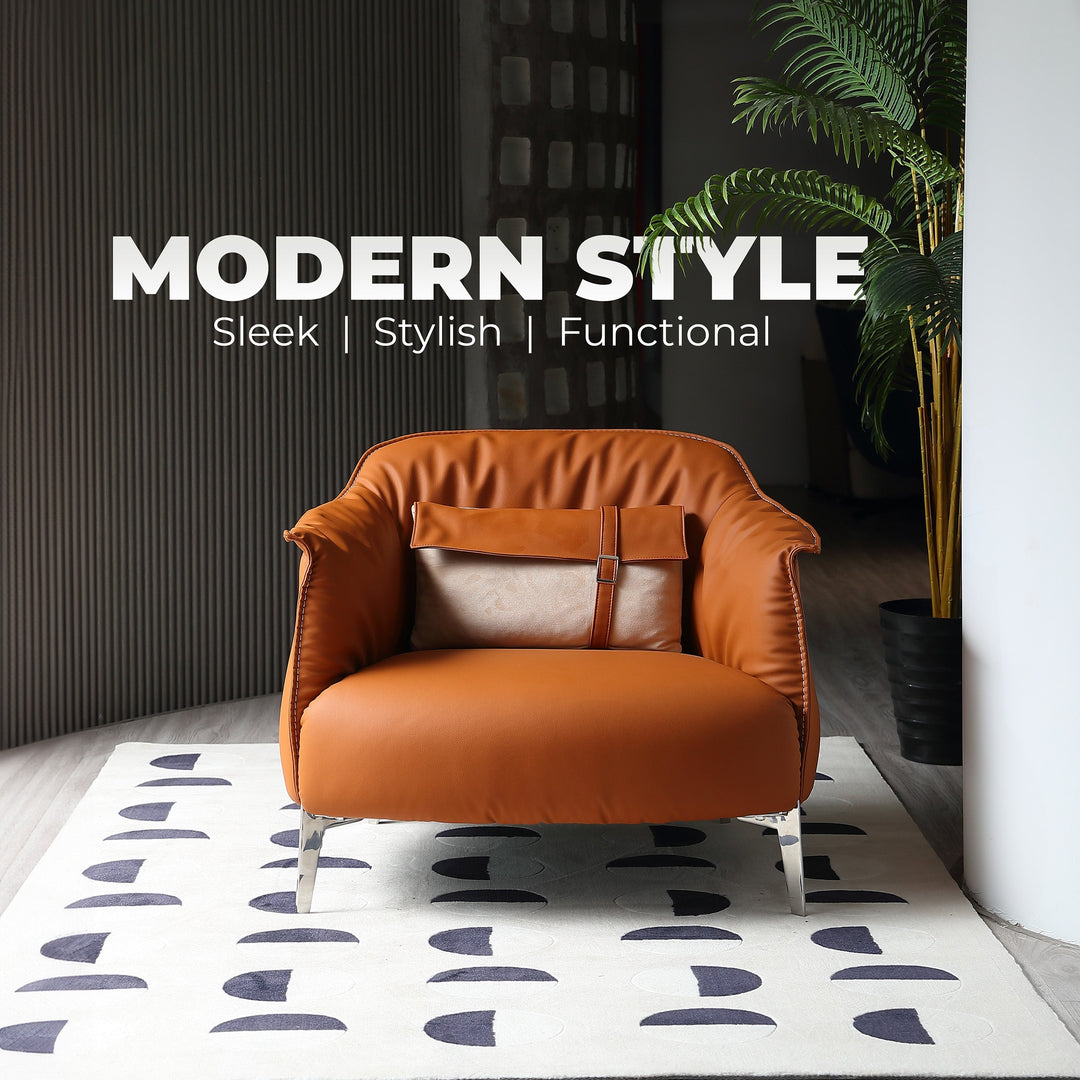
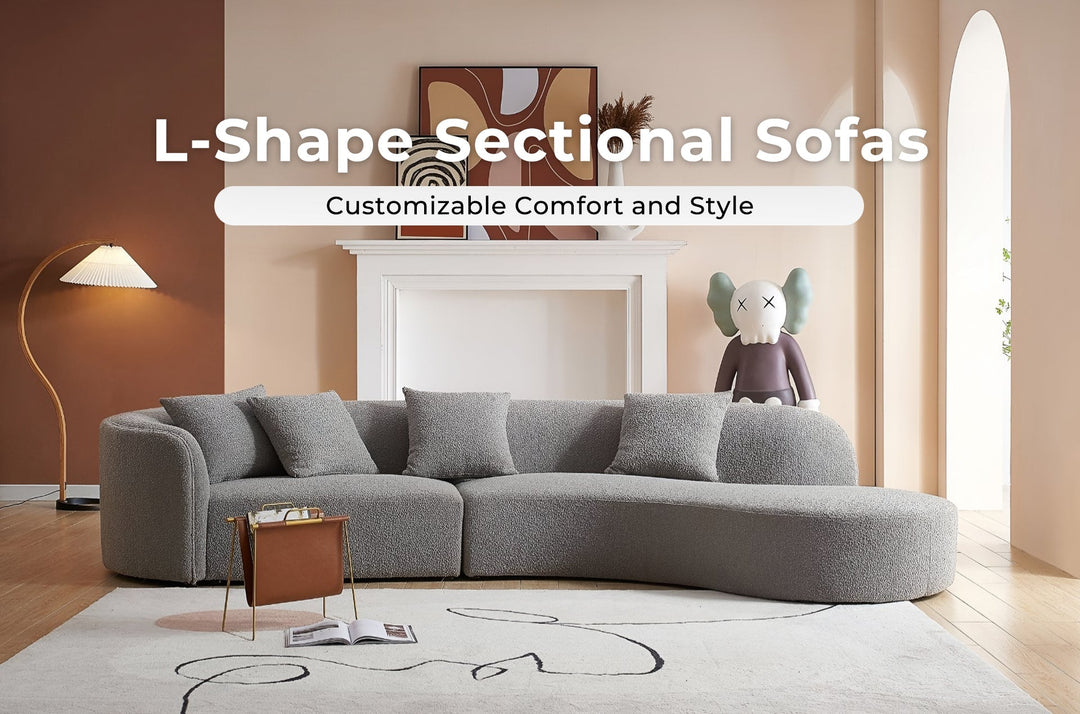

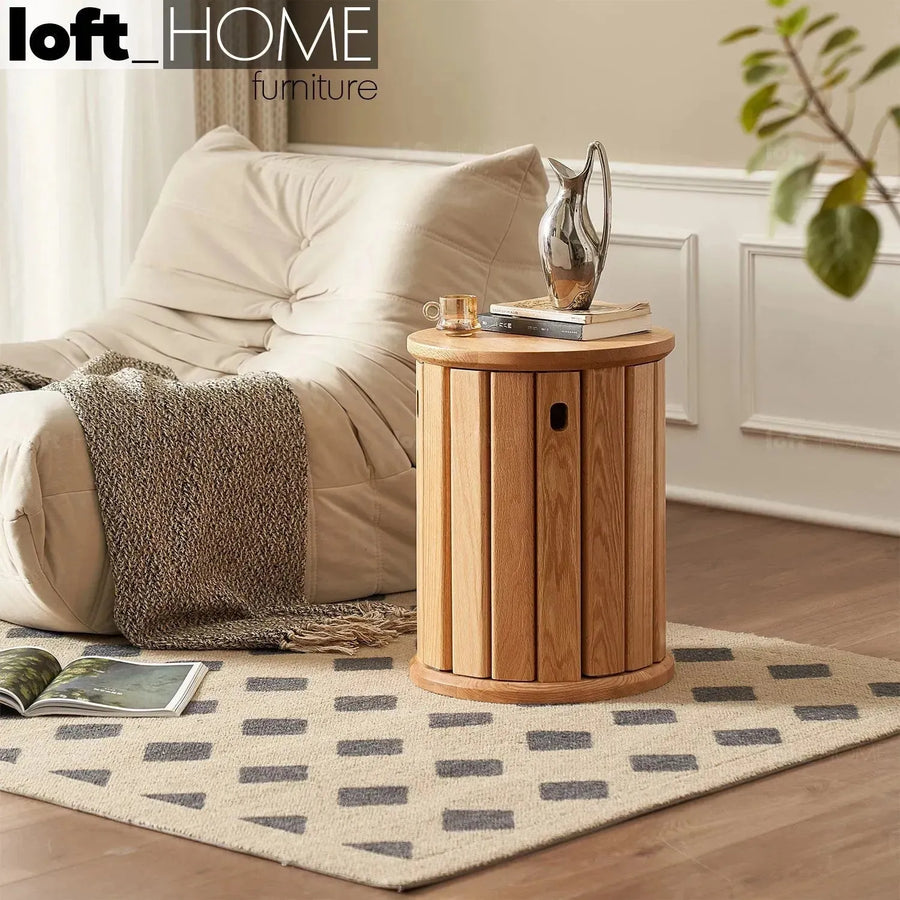
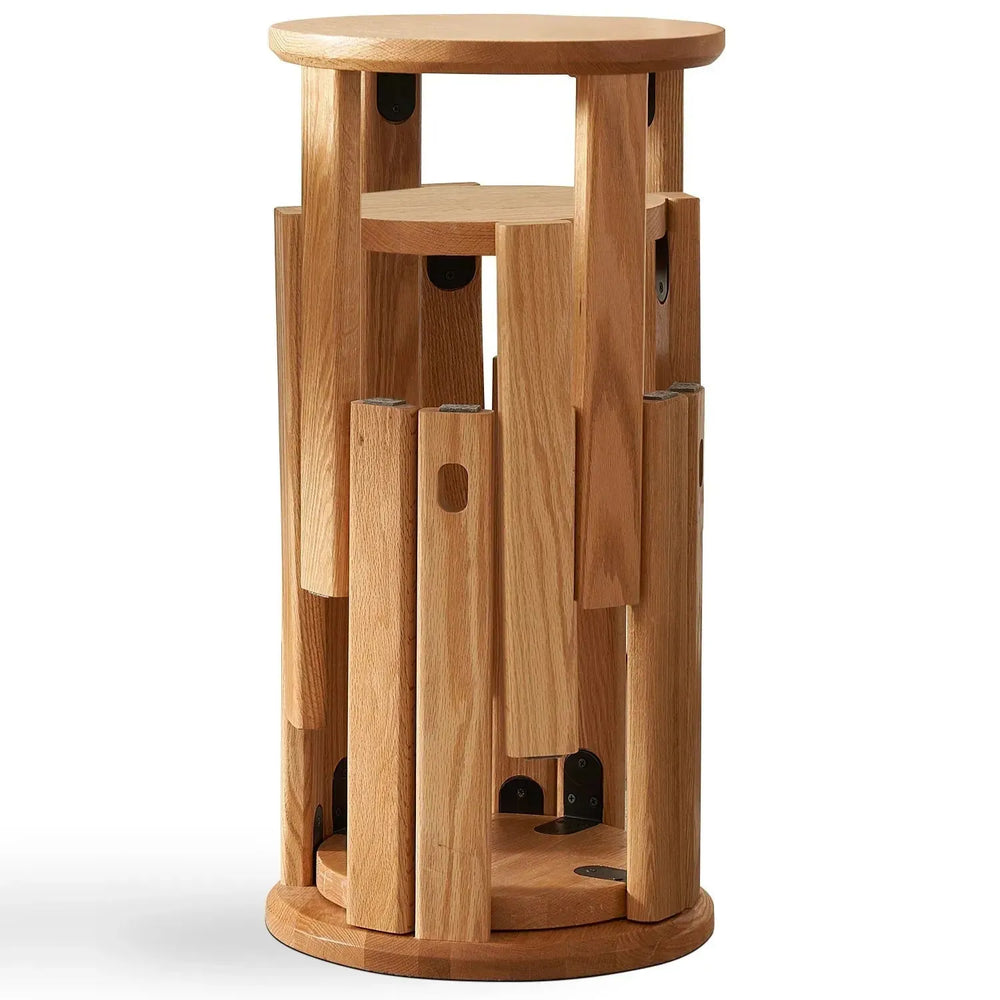



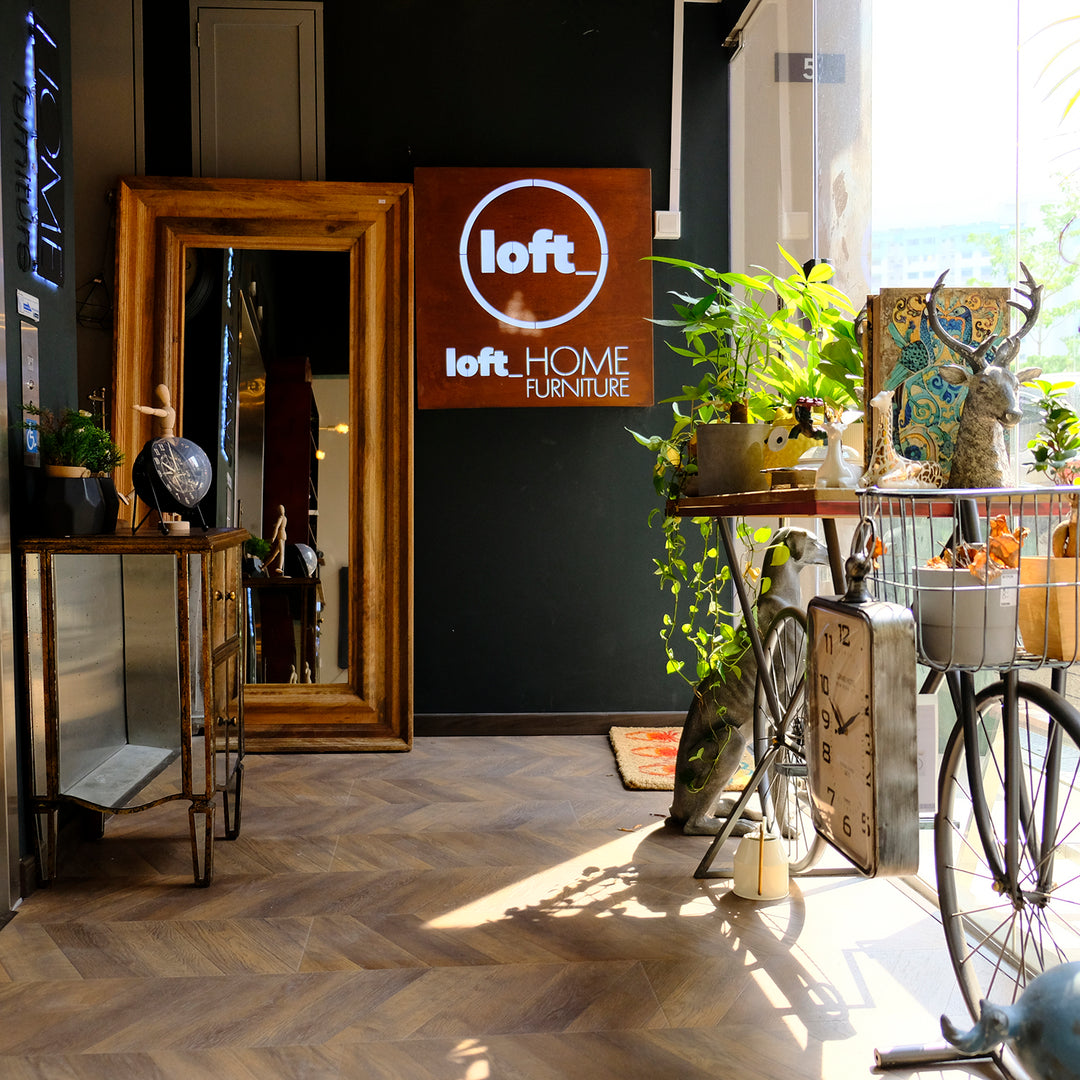
Leave a comment